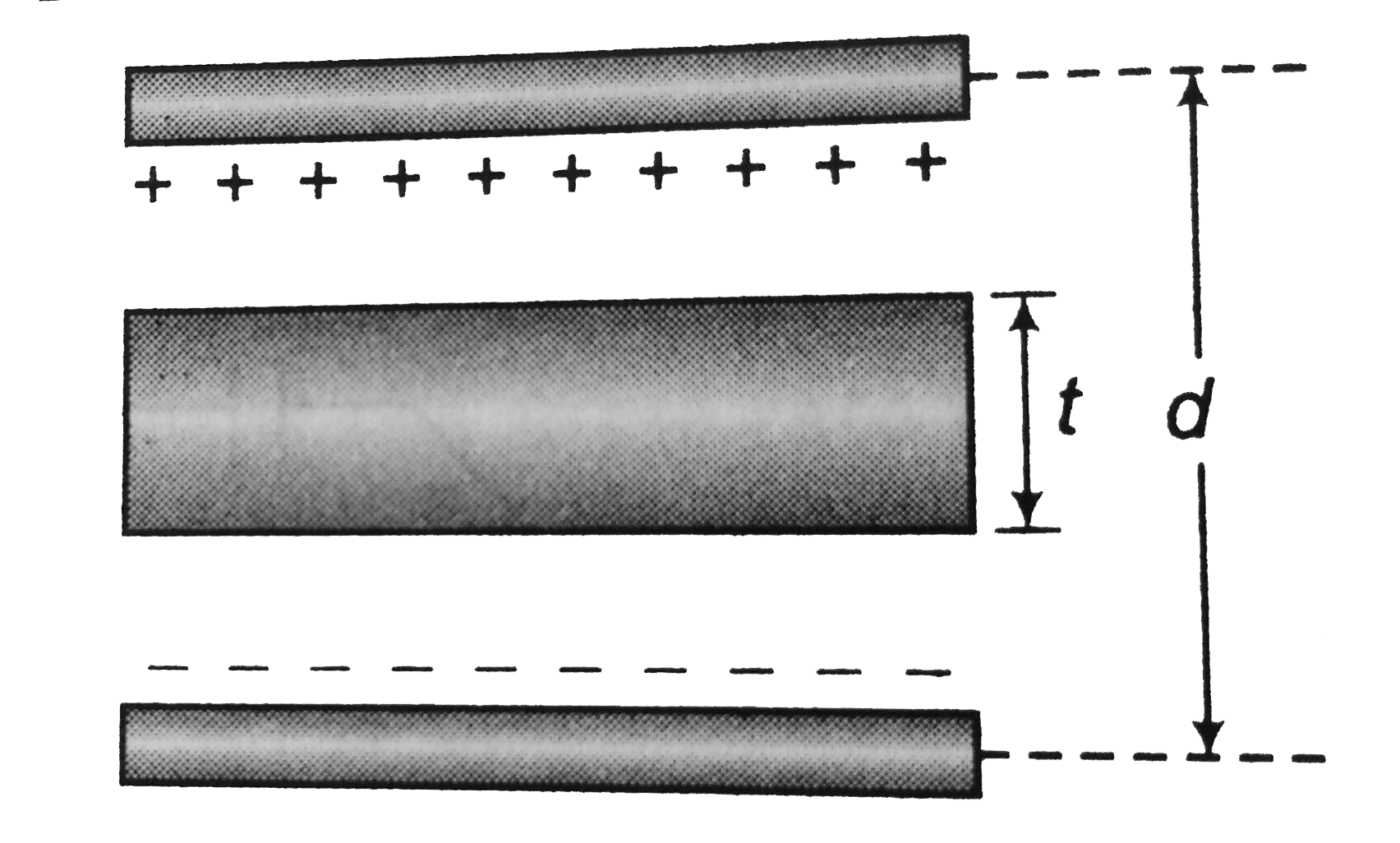Under certain condinates the polarrization of an infinite uncharged dielectric plate , takes the form P=P0 is a vector perpendicular to the plate, x is the distance from the of the electric field inside the plate and the potentail difference between its surface.
Since there are no free extraneous chagres anywhere
div→D=∂D∂x=0 or, Dx = constant
But Dx=0 at ∞, so Dx=0, every where.
Thus, →E=−−→P0ε0(1−x2d2) or Ex=P0ε0(1−x2d2)
So, φ=P0xε0−P0x33ε0d2+ constant
Hence, φ(+d)−φ(−d)=2P0ε0−2P0d33d2ε0=4P0d3ε0
Topper's Solved these Questions
- ELECTRODYNAMICSBOOK - IE IRODOV, LA SENA & SS KROTOVCHAPTER - ELECTRODYNAMICSEXERCISE - Electric Capacitance - Energy Of An Electric Field
46 Videos
- ELECTRODYNAMICSBOOK - IE IRODOV, LA SENA & SS KROTOVCHAPTER - ELECTRODYNAMICSEXERCISE - Electric Current
72 Videos
- ELECTRODYNAMICSBOOK - IE IRODOV, LA SENA & SS KROTOVCHAPTER - ELECTRODYNAMICSEXERCISE - Motion Of Charged Particle In Magnetic Field
36 Videos
- ELECTRICITY AND MAGNETISMBOOK - IE IRODOV, LA SENA & SS KROTOVCHAPTER - ELECTRICITY AND MAGNETISMEXERCISE - All Questions
6 Videos
- ELECTROMAGNETISMBOOK - IE IRODOV, LA SENA & SS KROTOVCHAPTER - ELECTROMAGNETISMEXERCISE - All Questions
24 Videos
Similar Questions
The space between the rectangular plates (with sides aandb) of a parallel-plato capacitor (the distance between the plates is l) is filled with a solid dielectric whose dielectric constant is c. The capacitor is charged to a certain potential difference and disconnected from the voltage source. After that the dielectric is slowly moved out of the capacitor, which lTIOanS that the section x not filled with the dielectric gradually increases in size. How wi ll the potential difference between the plates and the surface charge densities on both parts of the capacitor (with and without the dielectric) change in the process?
View Solutionshows two metallic plates A and B placed
. parallel to each other at a separaton d. A uniform
. electric field E exists between the plates in the direction
. from plate B to plate A. Find the potential difference
. between the plates.

View Solution
Knowledge Check
A parallel plate air condenser is charged and then disconnected from the charging battery. Now the space between the plates is filled with a dielectric then, it electric field strength between the plates
Aincreases while its capacity increasesBincreases while its capacity decreasesCdecreases while its capacity increasesDdecreases while its capacity decreasesFigure shows a parallel plate capacitor with plate area A and plate separation d. A potential difference is being applied between the plates. The battery is then disconnected and a dielectric slab of dieletric constant K is placed in between the plates of the capacitor as shown.

The electric field in the gaps between the plates and the electric slab will beAε0AVdBVdCKVdDVd−tA parallel plate air-core capacitro is connected across a source of constant potential difference. When a dielectirc plate is introudced between the two plates then:
Asome charge form the capacitro will flow back into the sourceBsome extra charge form the source will flow back into the capacitorCthe electric filed intensity between the two plate does not chargeDthe electric field intensity between the two plates will decrease.
Two infinite conduting plates 1 and 2 are separated by a distance l. A point chagre q is located between the plates at a distance x from plate 1. Find the charges induced on each plate.
View SolutionA plate of thickness h made of uniform statically polarized dielectric is placed inside a capacitor whose parallel plates are interconnected by a conductor. The polarization of the dielectric is equal

to P (Fig). The separation between the capacitor plates is d. Find teh strength and induction vectors for the electric field both inside and outside the plates.
View SolutionFigure shows a parallel plate capacitor with plate area A and plate separation d. A potential difference is being applied between the plates. The battery is then disconnected and a dielectric slab of dieletric constant K is placed in between the plates of the capacitor as shown.

The electric field in the gaps between the plates and the electric slab will be
View SolutionA positive point charge (+q) is kept in the vicinity of an uncharged conducting plate. Sketch electric field lines originating from the point on to the surface of the plate.
Derive the expression for the electric field at the surface of a charged conductor.
View SolutionA positive point charge (+q) is kept in the vicinity of an uncharged conducting plate. Sketch electric field lines originating from the point on to the surface of the plate.
Derive the expression for the electric field at the surface of a charged conductor.
View Solution
